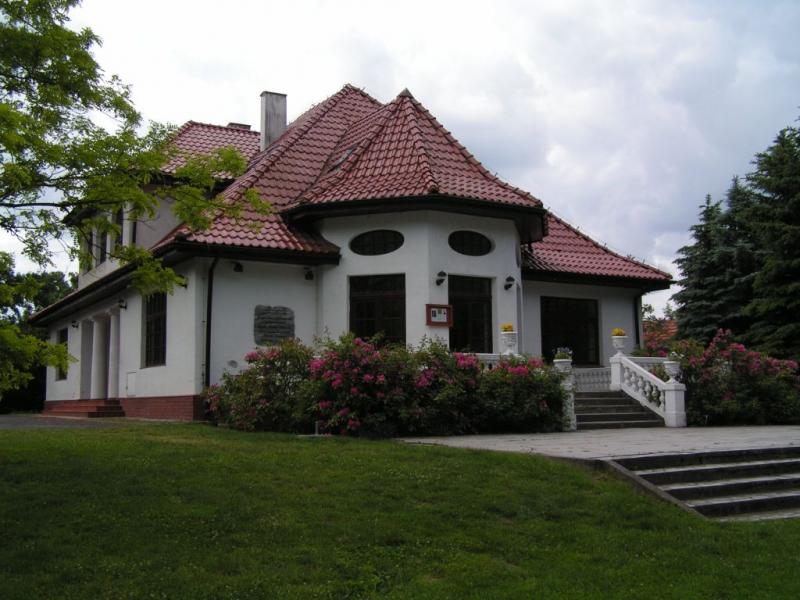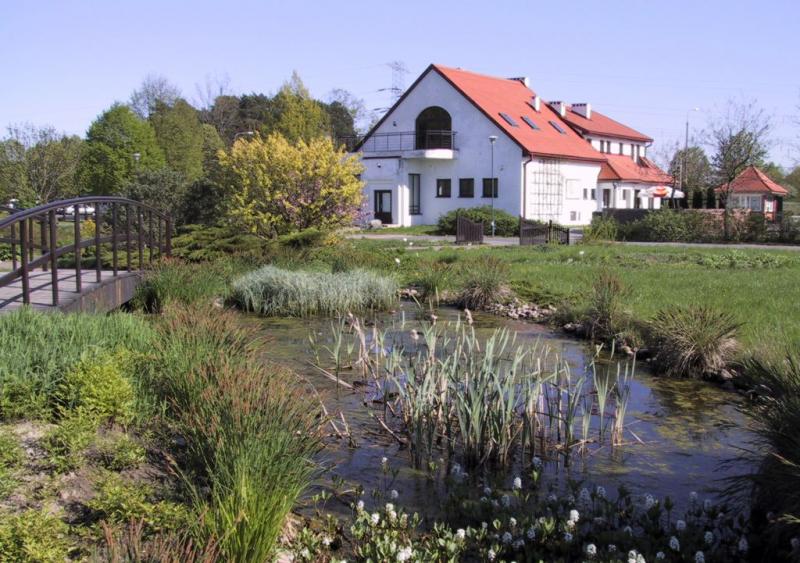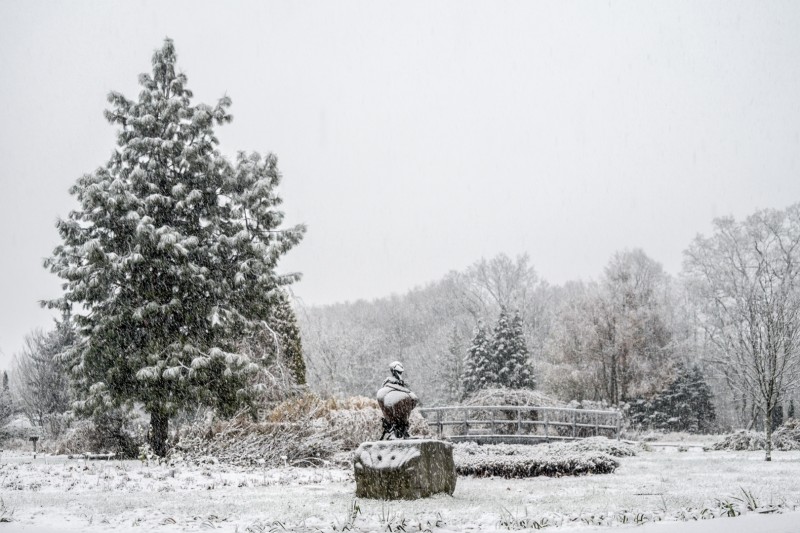



Introduction and history:
The Botanical Garden was officially founded in 1974 as an independent research unit of the Academy of Sciences. However, since 1970, it has acted as the Department for Crop Germplasm Conservation of the Institute of Plant Genetics.
In the years 1970–1977, all laboratories and collections were located in Skierniewice (ca. 70 km south-west of Warsaw).
In the years 1977–1980, the first new laboratories were opened in Powsin – a suburban area of Warsaw City. Also, the first piece of land, 40 hectares, was acquired by the Polish Academy of Sciences for botanical garden displays, collections and experimental plots. The garden was located on the southern border of the city area (about 23 km from central Warsaw), close to the town of Konstancin-Jeziorna on arable land with small parts of natural forest in the northern part, where the garden is surrounded by the Kabacki Forest Nature Reserve and Powsin Recreation Park.
In the years 1977–1980, the first trees and shrubs were planted in the arboretum. Other displays and collections were organized in the years 1980–1989 on an area of about 25 hectares. The botanical garden was opened to public visitors on May 12th, 1990.
The years 1990–1995 were devoted to the development of new laboratories, especially for biotechnology, molecular biology and seed biology, with a seed bank for natural flora and crop plants. In 1995 the Education Centre for Nature and Ecology was opened.
In the last 15 years, new gardens of ornamental plants including bulb plants and roses, a big rock garden devoted to Polish mountainous plants and new modern greenhouses (1 300 m2) for tropical, subtropical and desert plants have been opened to public visitors.
ORGANISATION:
The Botanical Garden of the Polish Academy of Sciences (BG PAS) is a special institution of broad activity. On one hand, BG PAS is a research institution dealing with plants in the areas of botany, physiology biochemistry, genetics, molecular biology, biotechnology, ecology and horticultural sciences. On the other hand, the garden serves to the public as an institution for popularization of knowledge about plants, an education centre and a place of recreation.
In 1997 the Presidium of the Polish Academy of Sciences changed the name to Botanical Garden – Centre for Biological Diversity Conservation. This new name better reflects the specificity and activity of this institution. There are 5 research departments in the structure of the garden and the centre:
Department for Conservation and Evaluation of Plant Diversity (head: Prof. Dr. Jerzy Puchalski) · Department of Plant Biotechnology (head: Prof. Dr. Jan Rybczynski) · Department of Applied Ecology (head: Dr. Wojciech Dmuchowski) · Department of Biodiversity Conservation of Upper Silesia (head: Prof. Dr. Wieslaw Wloch). This department is located outside of Warsaw, presently in Raciborz in the Upper Silesia Region (south-west Poland), and its main task is to organise the new Silesian Botanical Garden near Katowice. · Department of Botanical of Horticultural Collections (head: Wieslaw Gawryś, M.Sc., Chief Curator)
There are 82 people employed in the Botanical Garden, 28 in research departments, 16 in garden departments and 38 in administration and technical services.
The scientific staff consists of 6 professors and associate professors, 3 assistant professors, 5 assistants, 3 research specialists and 11 engineering and technical employees.
The founder and first director of the Botanical Garden was Prof. Dr. Boguslaw Molski, who passed away on March 26, 1989. Since that time the director of the Garden has been Prof. Dr. Jerzy Puchalski. The chairs of the BG PAS Scientific Council were Prof. Dr. Szczepan A. Pieniazek (1974–1990), Prof. Dr. Emil Nalborczyk (1990–2006), Prof. Dr. Marian Saniewski (2006–2015), Prof Dr. Andrzej Grzywacz (2015 – 2017) and Prof. Dr Pawel Kojs (2017-present).